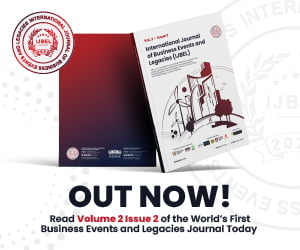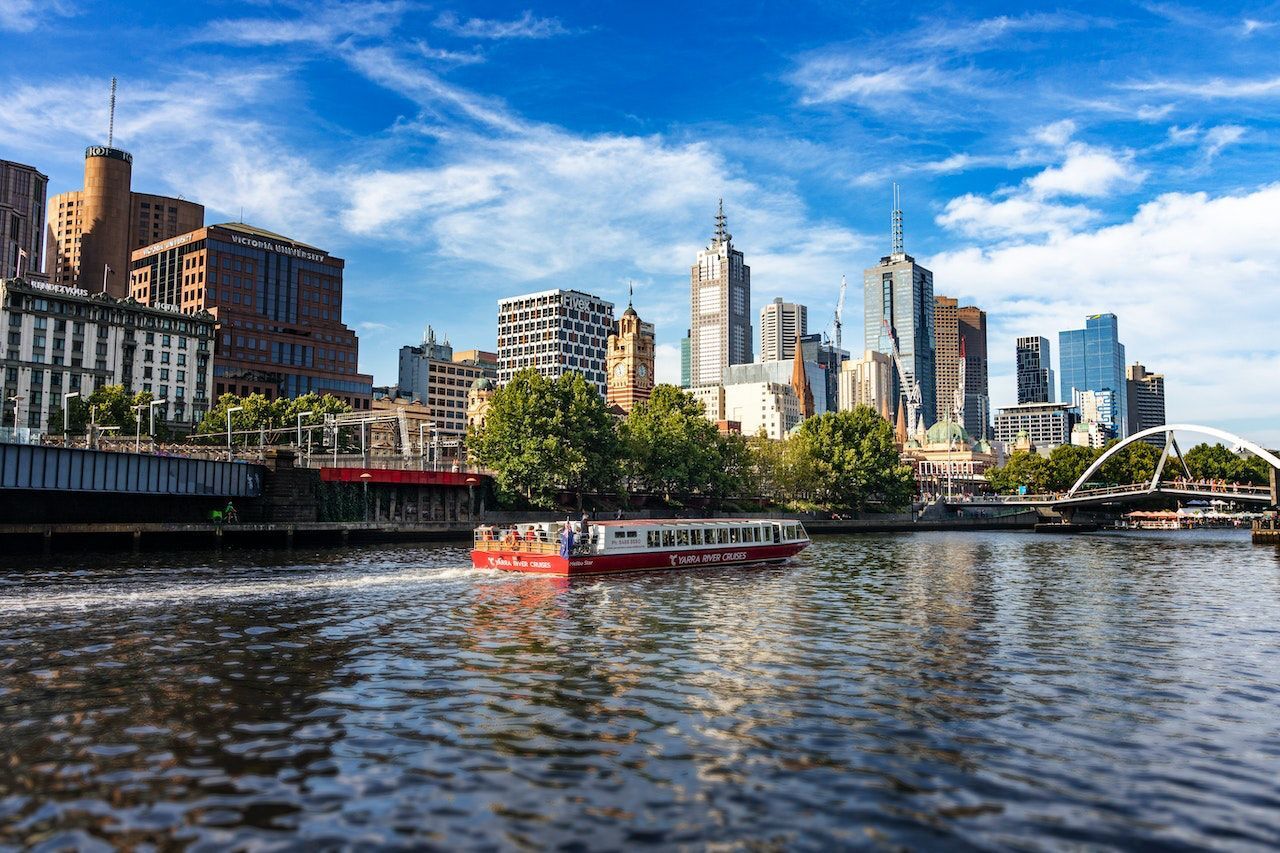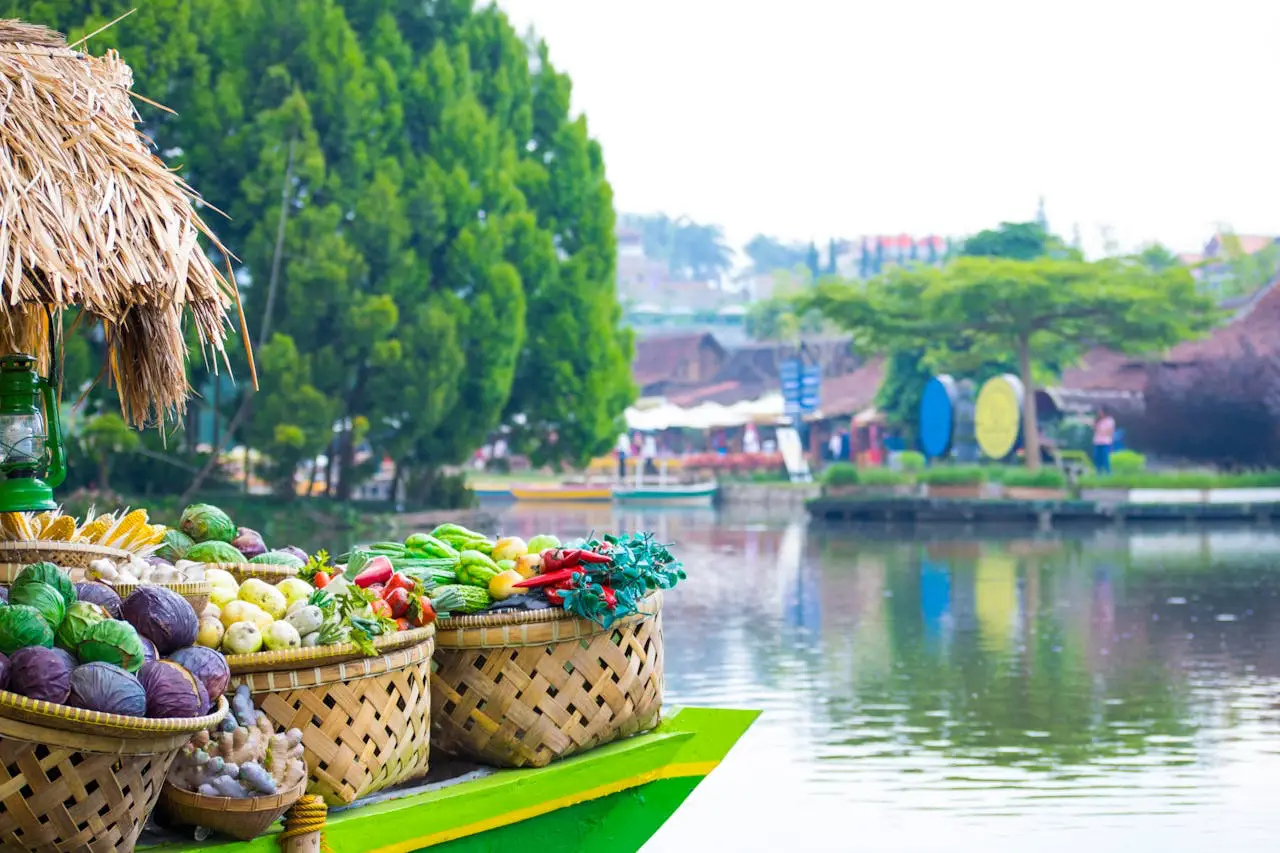Cannabis edibles have a long history, spanning thousands of years, involving cultures worldwide. From being used as a spiritual tool to alleviating health issues, the uses of cannabis edibles range as much as the forms they come in.
Examining these differences reveals how cannabis edibles have been adapted to fit regional traditions and laws, along with shedding light on their societal impact.
United States: The Iconic Brownie
During the sixties in the United States, when most people thought of cannabis edibles what came to mind was the classic pot brownie.
Due to legalization efforts across the country, edibles have evolved from traditional baked goods to precisely dosed gummies, chocolates, and even beverages. While these innovations offer consumers a consistent experience, some argue that they might lack the cultural depth seen in other regions where cannabis has deeper historical roots.
India: Bhang Ki Thandai and Religious Rituals
India’s relationship with cannabis edibles dates back centuries, primarily through bhang, an edible made from the leaves of cannabis plants. Typically, bhang is added to drinks like thandai, a spiced milk beverage enjoyed during the religious festival Holi.
Unlike the recreational focus in many Western countries, bhang holds spiritual significance and may be used as a sacrament to connect with the divine.
Despite its historical and religious importance, cannabis remains a controlled substance in India. This traditional use highlights the stark contrast between cannabis as a cultural artifact and its regulation under modern drug laws.
Europe: Diverse Traditions and Emerging Markets
In Europe, cannabis edibles are less culturally ingrained but are gaining traction in countries with progressive cannabis policies. The Netherlands, known for its cannabis-friendly environment, offers edibles like space cakes in Amsterdam’s coffee shops. These products cater primarily to tourists, reflecting a recreational rather than cultural or historical connection to cannabis.
In other parts of Europe, like Germany and Italy, cannabis is more likely to be used medicinally. Edibles in these countries are often associated with therapeutic purposes rather than leisure, and their availability is tightly regulated.
Asia: Teas, Oils, and Culinary Integration
In many Asian countries, cannabis has been traditionally used in food and medicine, though its status today is often restricted. In Thailand, for instance, cannabis-infused dishes have re-emerged following recent decriminalization efforts. Traditional Thai soups and curries now incorporate cannabis leaves, reflecting the plant’s integration into local cuisine.
Similarly, in China, historical texts suggest that cannabis seeds were used in food preparation, though THC-rich cannabis use remains illegal. The cultural significance of cannabis in these regions may differ from the psychoactive focus seen elsewhere, emphasizing its potential as a culinary or medicinal ingredient rather than a recreational substance.
Africa: Ancient Uses and Modern Challenges
In Africa, cannabis, known as dagga in South Africa, has been used for centuries in various traditional practices. Some communities might mix cannabis with food or drinks during rituals or as part of healing ceremonies. However, edibles in a modern sense, are less prevalent, possibly due to legal restrictions and limited commercialization.
Countries like South Africa, which have partially legalized cannabis, are beginning to explore the potential for edibles. The influence of Western cannabis culture may lead to the introduction of brownies and gummies, but these products might not fully replace traditional uses, which are often tied to communal and spiritual practices.
Latin America: A Blend of Tradition and Modernity
In Latin America, cannabis edibles may not have deep traditional roots but are becoming more common as legalization spreads. Mexico, for instance, has a rich tradition of herbal medicine, and cannabis may be incorporated into teas or other preparations. However, these uses are often informal and lack the commercial structure in places like the U.S.
Countries like Uruguay, which legalized cannabis early, are experimenting with edibles as part of a regulated market. These products often aim at a younger demographic, signaling a shift toward modern recreational use rather than traditional or medicinal applications.













